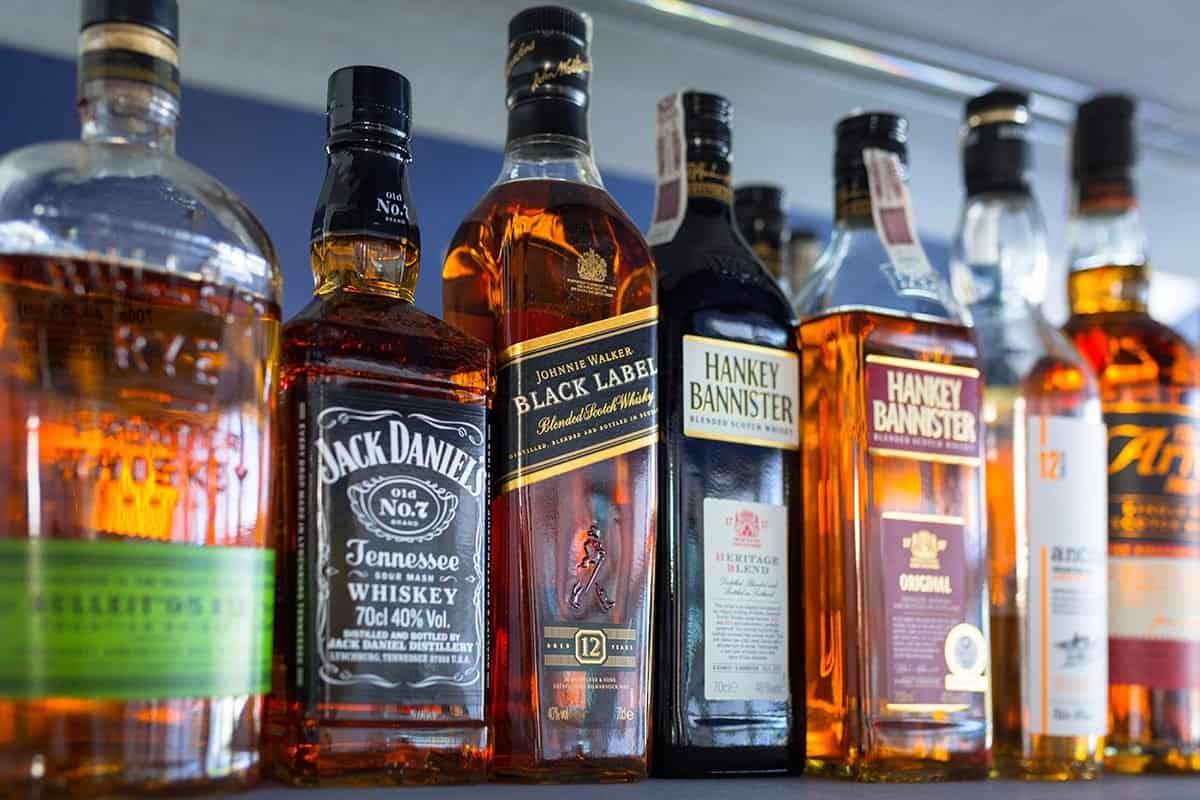

Bourbon, rye, and other forms of American whiskey must be matured in new charred oak barrels, although other countries' styles allow the manufacturer to choose the type of oak and its prior use. Corn whiskey, which can be aged or unaged, is one prominent exception. The column continues to operate continuously and efficiently, eliminating the need for pot stills to operate in batches.Īlmost all whiskies are matured in wooden barrels, most commonly oak. Some styles are triple-distilled, while others are double-distilled.Ĭolumn stills are used to make bourbon, rye, and other American whiskeys, as well as grain whiskies from Scotland, Ireland, Canada, Japan, and other parts of the world. Pot still distillation is a batch process. Pot stills are employed in the production of whiskies from Scotland, Ireland, the United States, Canada, Japan, and other countries. Pot stills and column stills are the two most prevalent types of stills. Stills are instruments that are typically built of copper, which aids in the removal of undesirable flavor and aroma components from alcohol. Before going into the still, the resulting beer-like liquid, known as distiller's beer or wash, has an ABV of roughly 7% to 10%.ĭistillation raises the alcohol percentage of a liquid while also releasing volatile components. The procedure can take anywhere from 48 to 96 hours, depending on the yeast strains used and the fermentation time. This takes place in massive vats known as washbacks. When the mash/wort comes into contact with yeast, the yeast consumes all of the sugars in the liquid and changes them to alcohol. The mixture-now called mash or wort (if filtered of solids)-moves on to the fermentation stage. Even if the distiller isn't manufacturing malt whisky, some ground malted barley is usually included to aid in the conversion of starches to sugars. The grains, such as corn, wheat, or rye, are ground up and stirred in a big tank (called a mash tun or tub) with boiling water. When the barley is dried by heating, the germination stops.īefore fermentation, the sugars in the grain must be removed, which is accomplished by mashing. The barley is wet and allowed to partially sprout, or germinate, in a process known as malting, which results in the secretion of an enzyme that transforms the starches in the barley into sugars. In the case of malt whisky, barley must be processed in a unique way to access its sugars. Whiskey production varies depending on the style, the country of origin, and other considerations, but in most cases, the overall procedure remains the same.Īll whiskey begins as a raw grain. Whiskey is derived from the Scottish Galic term "uisce beatha," which means "water of life." This was later abbreviated to "uisce" (pronounced Ooo-SKI) before being shortened to "whiskey."īelow, we'll learn how whiskey is made and the 9 different types of whiskeys: Whiskey or Whisky (depending on where it's made) is a drink that has a lot of sentimental value for many people, especially in Scotland, where the roots of whiskey are a big part of their history.


 0 kommentar(er)
0 kommentar(er)
